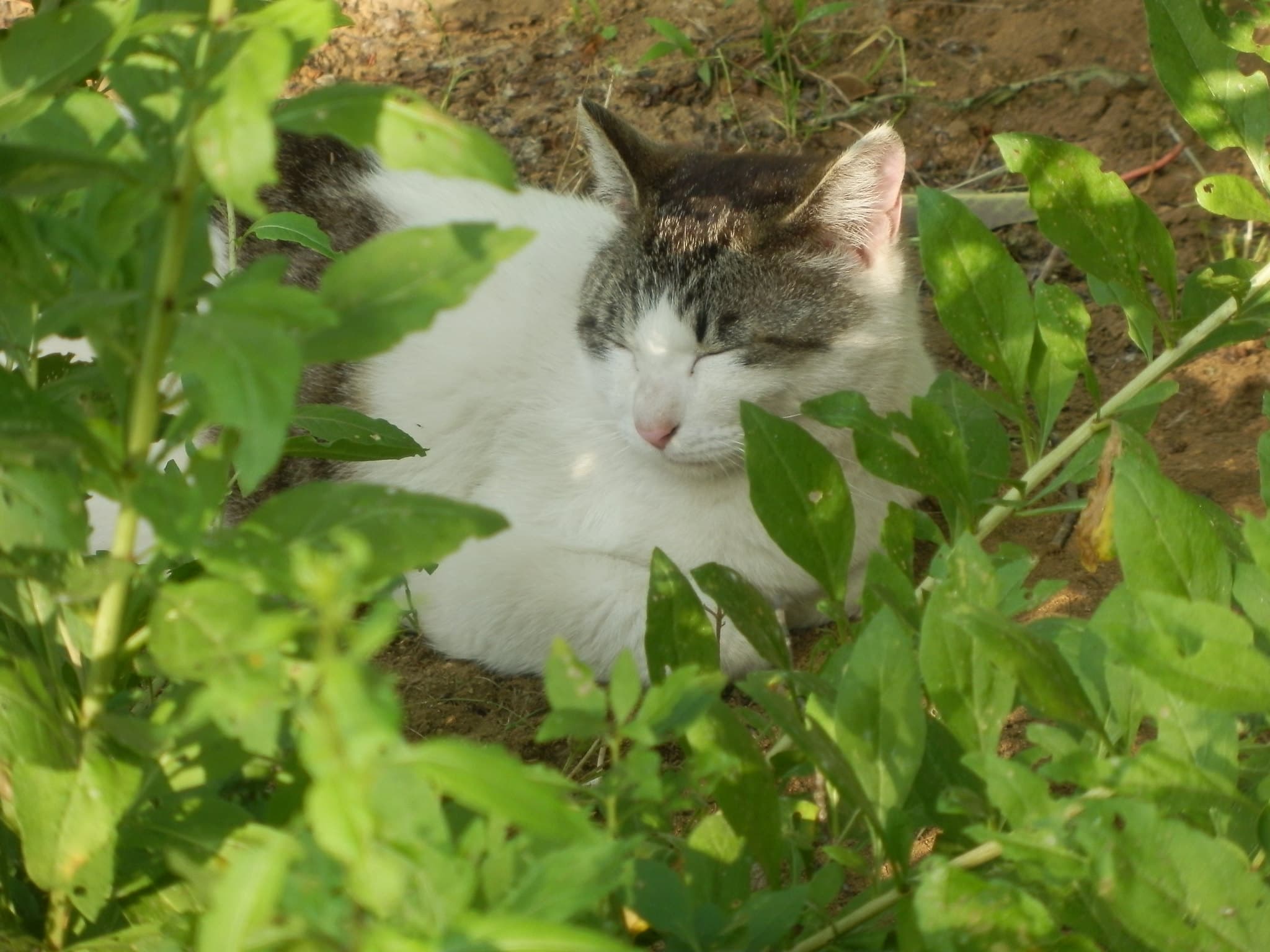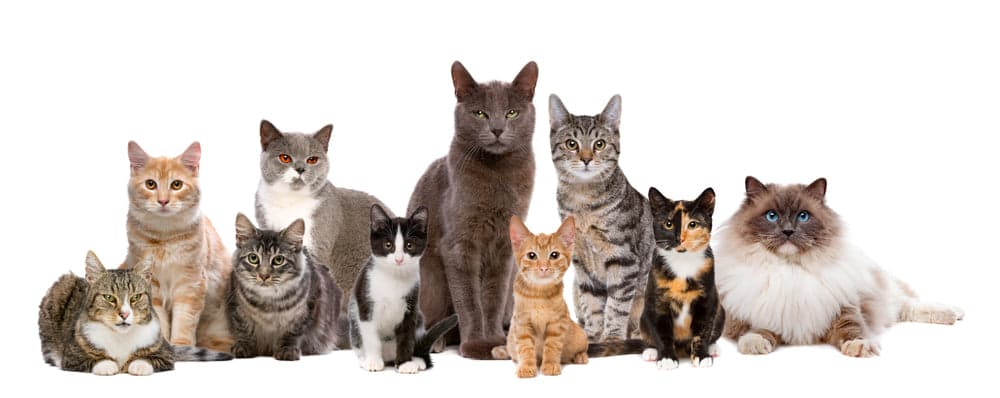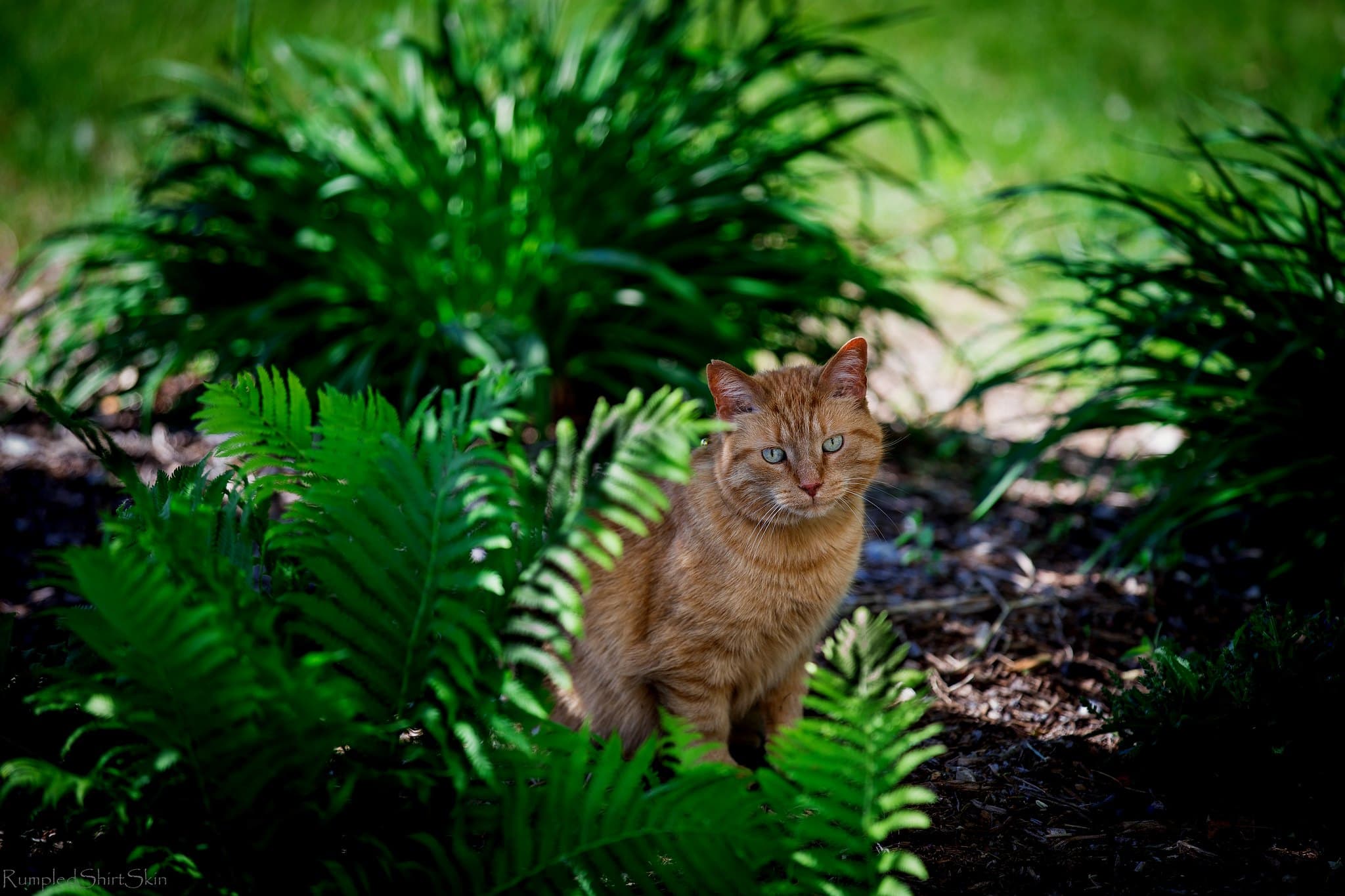
Cat Care


Pothos are popular houseplants renowned for their attractiveness and hardiness. Pothos plants are an easy way to decorate with greenery and brighten your living space, but if you are a pet owner, beware. Despite their beauty, pothos are toxic to cats.

How can you tell if your cat is fully grown? Learn about cat life stages and developmental milestones that can help you find out whether or not your cat has grown to full maturity. Know when to make important decisions that will help you best support their health and well-being, such as whether your cat is ready for adult cat food or at what age they should be spayed or neutered.

Cats' natural curiosity and tendency to explore can sometimes lead them to investigate and potentially nibble on plants, which can result in various health issues. For ferns, there may be concerns about their toxicity to cats and the appropriate response if a cat consumes their leaves. This article aims to safeguard your feline companion from harmful plants and provide guidance on addressing fern ingestion by your cat.

